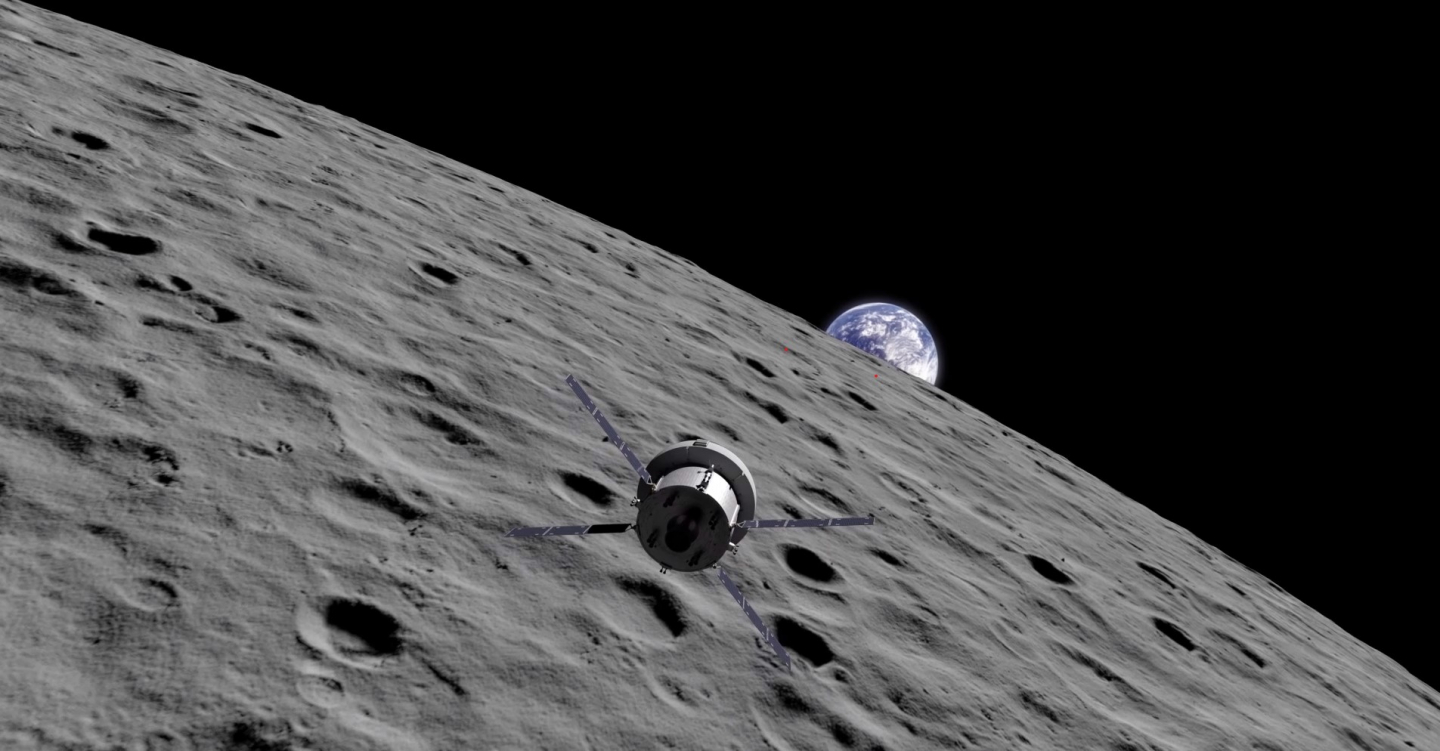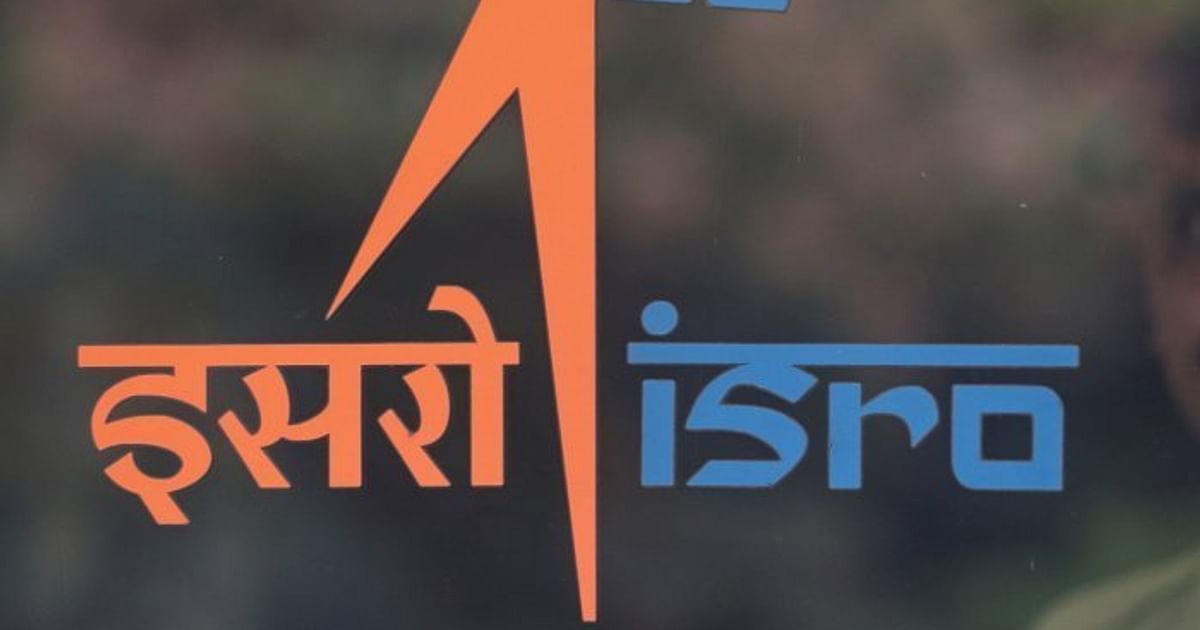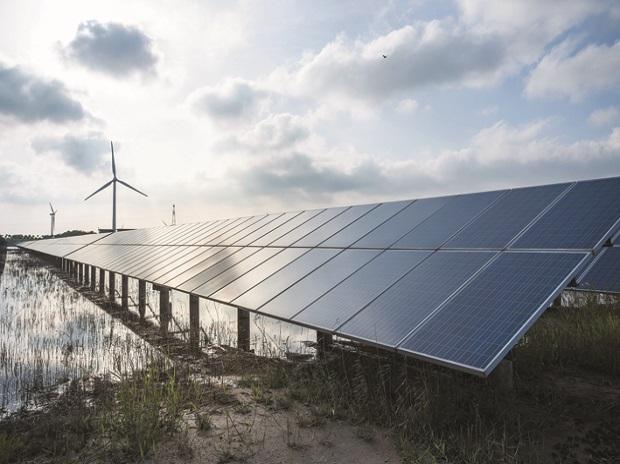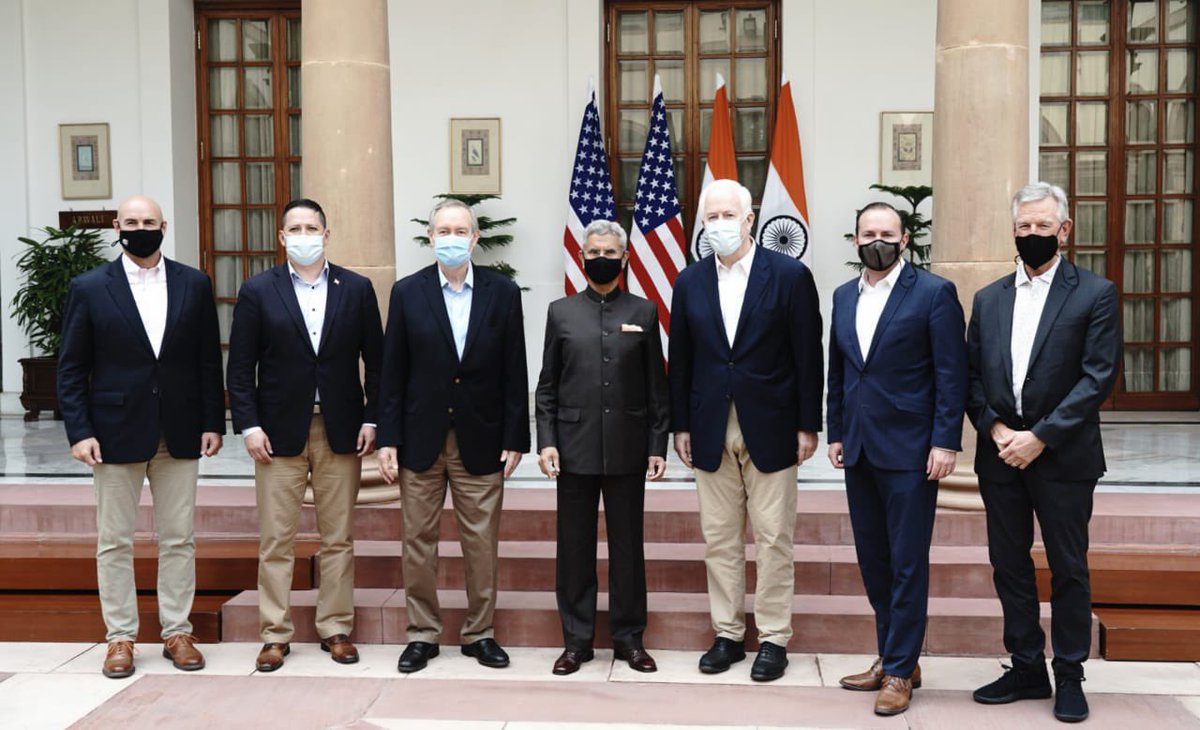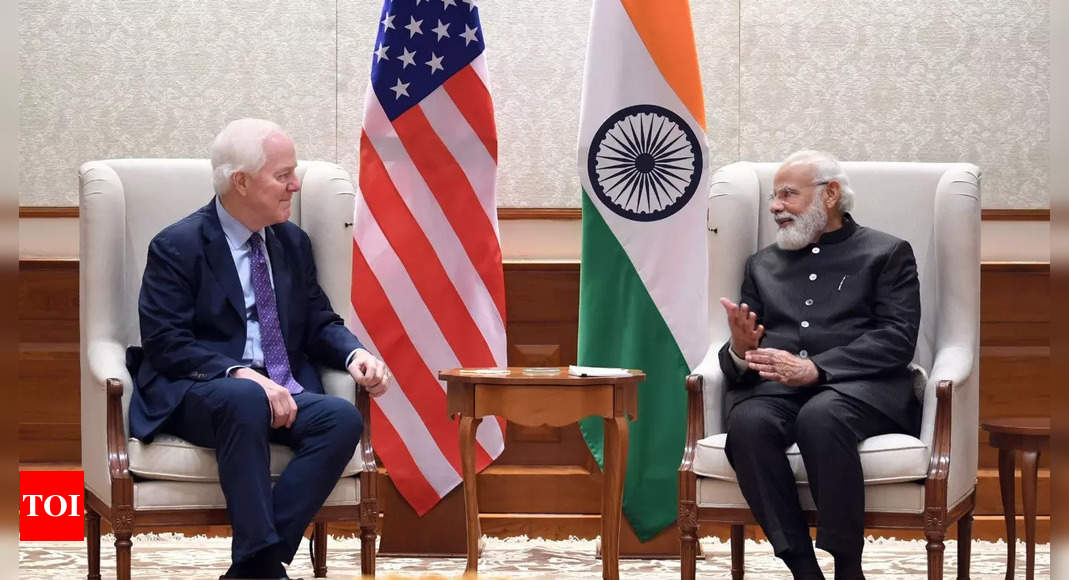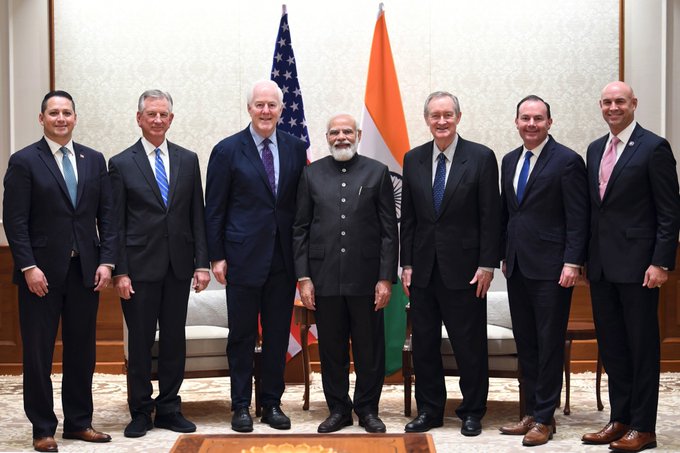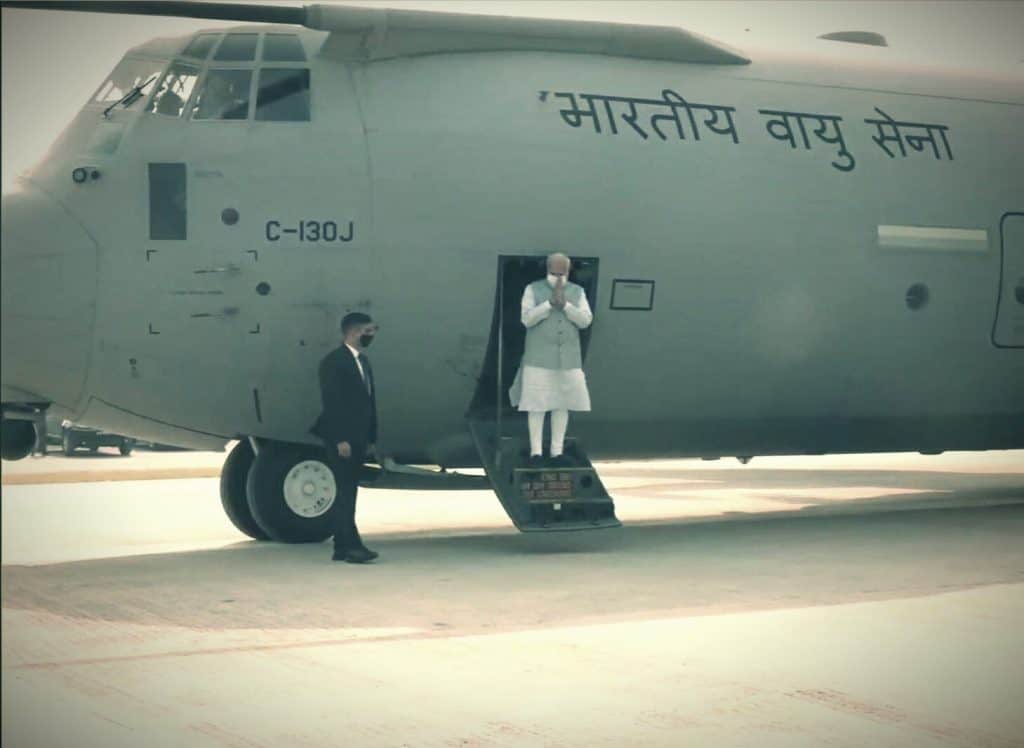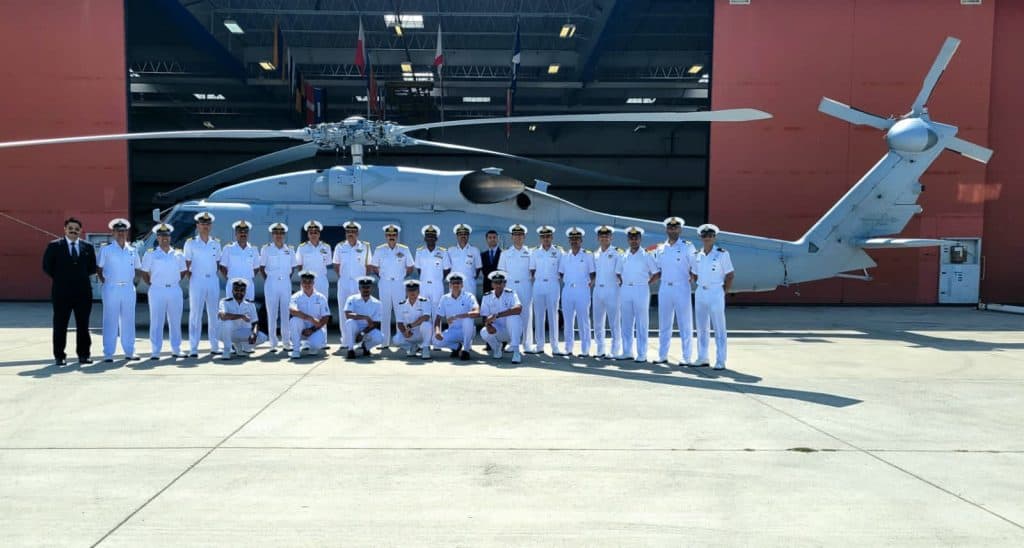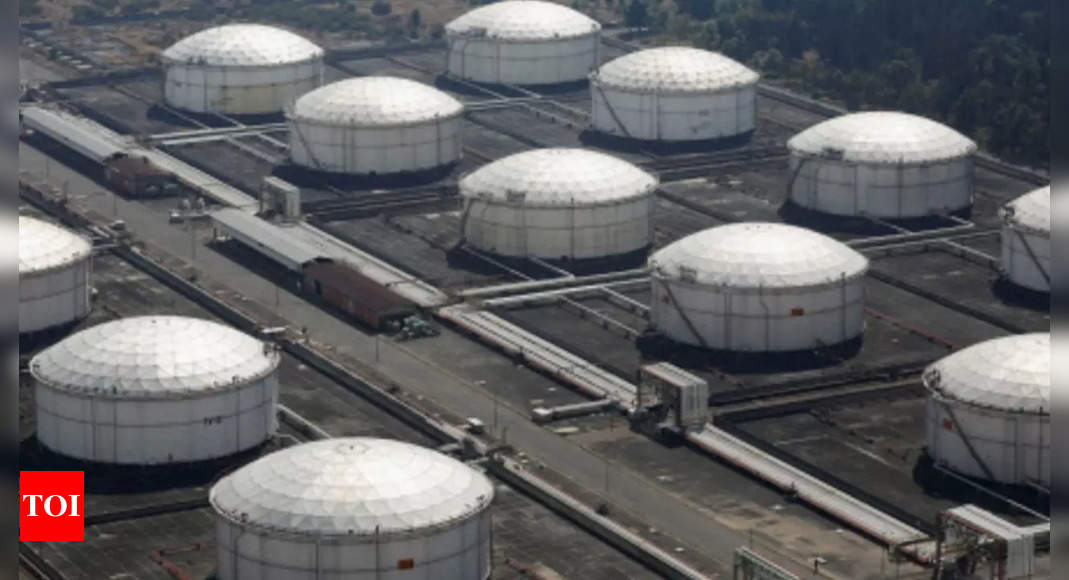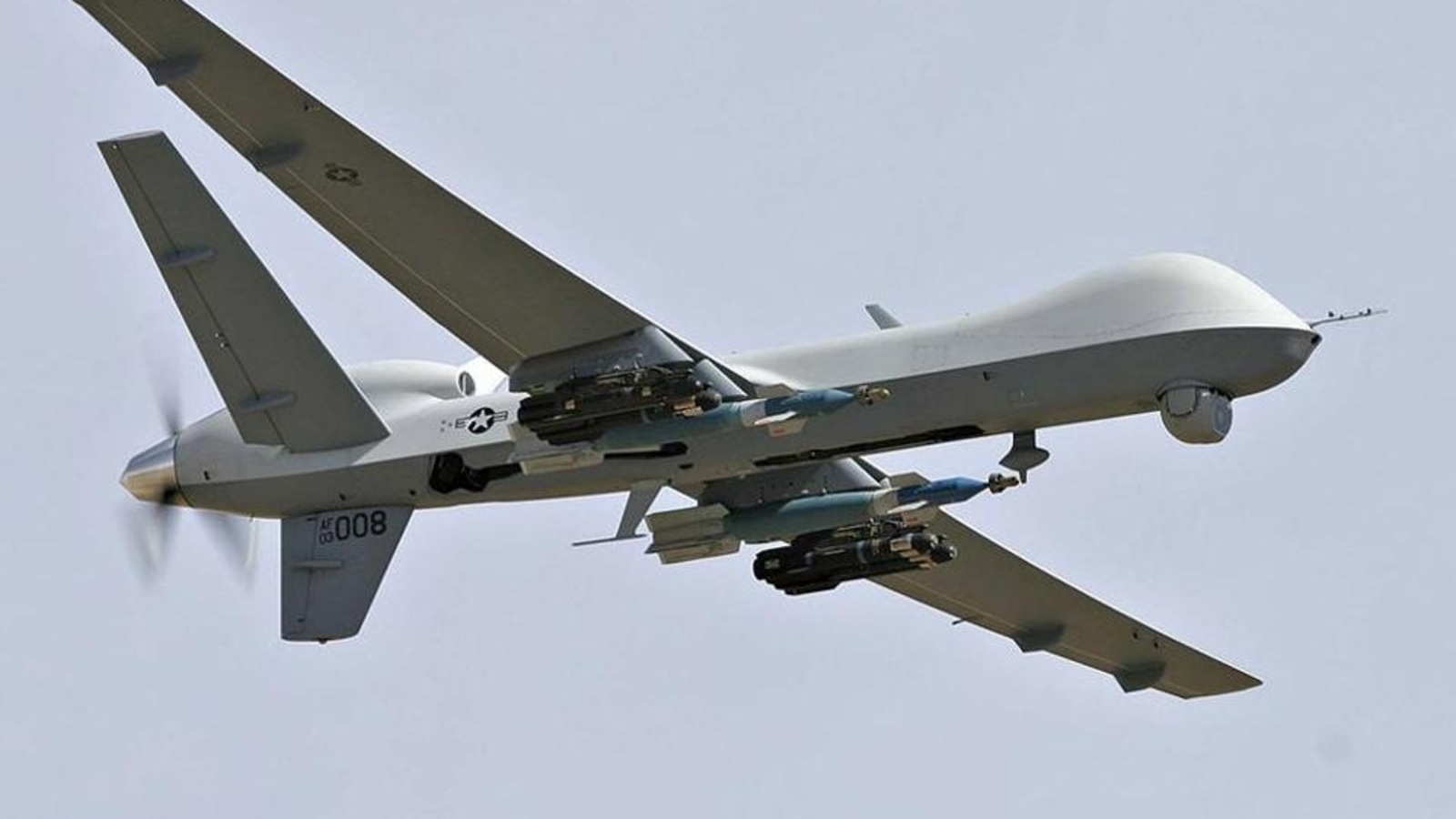(this is an op-ed published by the Australian Strategic Policy Institute (ASPI), written by Senior Analyst Malcolm Davis)
NOTE: This article was published in the aftermath of the first 'Virtual' summit held earlier this year in March, not the in-person summit last month. What the author laments as a 'Missed Opportunity' later ended up being included in the agenda after all, something that I'll go over in future posts in this thread...
The QUAD Must Go To Space
7 Apr 2021|
Malcolm Davis
A historic first meeting of the leaders of the countries of the Quadrilateral Security Dialogue
took place last month, albeit via video link, when Prime Minister Scott Morrison, US President Joe Biden, Japanese Prime Minister Yoshihide Suga and Indian Prime Minister Narendra Modi held talks. On the agenda were a range of security issues, including how best to respond to an assertive China, the need to work together on responding to the Covid-19 pandemic and the necessity of coordinated responses to the long-term challenge posed by climate change.
One item that should have been on the agenda is closer cooperation on space policy. It was a missed opportunity, given that all four countries are space powers and have a mutual interest in security and stability in the space domain. So, what should the Quad states do in space?
- First, the Quad states should support the UK-sponsored resolution adopted by the UN General Assembly on 7 December. Resolution 75/36 seeks to establish new ‘norms, rules and principles of responsible behaviours that reduce the ‘risks of misunderstanding and miscalculations with respect to outer space’.
There are no guarantees that greater effort in elucidating ‘norms, rules and principles of responsible behaviour’ will lead to new legal and regulatory arrangements that
all states will follow.
China and Russia are moving rapidly to develop a full suite of counter-space capabilities, and India tested an anti-satellite weapon, or ASAT, in 2019. So, there’s a challenge here given that Western democracies are concerned about the threat from adversaries developing ASATs but are seeking to cooperate with India when it’s doing the same thing.
- The best response to the ASAT threat is to strengthen international cooperation to place diplomatic pressure on Beijing and Moscow, and work with New Delhi to find alternative approaches to space security while strengthening credible deterrence in space. The enhanced legal frameworks that resolution 75/36 could bring about are just such an outcome. Quad members should support 75/36 and work together to strengthen the legal basis for space diplomacy and regulatory structures that reduce the risk of misunderstanding and constrain opportunities for malicious activity in space.*
- Second, efforts towards more effective norms of behaviour must be integrated with greater space resilience in the face of emerging threats. Resilience will reinforce deterrence in space, which will make the use of ASATs less likely. This effort must be led with greater cooperation on developing exquisite space domain awareness, or SDA, which seeks awareness of activities in space by states and non-state actors, such as commercial companies, to reduce the risk of misunderstandings, while strengthening attribution and denying anonymity to actors that are behaving irresponsibly. SDA will enhance our ability to manage an increasingly congested and contested space domain.
Australia’s efforts are already well known,
with cooperation between Australia and the US focused on the establishment of a C-band radar and an optical space surveillance telescope at Exmouth in Western Australia under Project AIR 3029 Phase 2. Defence project JP 9360 is set to expand that capability, and there are information-sharing arrangements through the 2014 Combined Space Operations (CSpO) initiative that includes the Five Eyes, as well as France and Germany.
Achieving exquisite SDA—an ability to clearly see activities in space, from low-earth orbit (LEO) to geosynchronous orbit (GEO), on a 24/7 basis—demands technical capabilities such as networks of ground- and space-based space situational awareness sensors. Data from these sensor networks would be integrated in places such as the Australian Space Operations Centre, or AUSSpOC, which sits at the Australian Defence Force’s Headquarters Joint Operations Command.
A step forward for the Quad in space would be to bring India and Japan into the CSpO initiative**, in the same way that France and Germany are members, even though they’re not Five Eyes countries. Such a move would enable greater information-sharing and strengthen Quad members’ space cooperation with Canada, New Zealand, the UK, France and Germany.
Resilience as a means to strengthen credible space deterrence isn’t just about achieving exquisite SDA.
The Quad’s cooperation in space should also focus on developing resilient space architectures that embrace greater use of low-cost small satellites to spread space support across disaggregated constellations. That should be complemented by greater government support for the establishment of low-cost, responsive sovereign space-launch capabilities. Launch centres in Nhulunbuy in the Northern Territory and at Whaler’s Way in South Australia would be well positioned to support the space-launch needs of Quad members. Nhulunbuy, for example, is close to the equator and thus able to offer lower cost per kilogram into orbit than other launch sites.***
Finally, looking beyond the immediate ‘LEO to GEO’ near-earth environment, there are opportunities for Quad members to work together on the next great milestone in human space exploration—the return to the moon as a step towards eventual human missions to Mars. Australia already
supports NASA’s Project Artemis, which aims to return US astronauts to the moon in this decade, and Japan also has
agreed to participate, notably with provision of a module to the Gateway lunar-orbit platform.
Associated with the return to the moon, the
Artemis Accords have been established to promote more responsible behaviour in space, and they reinforce the centrality of the 1967 Outer Space Treaty.
India should sign the Artemis Accords as a first step and then work with Australia, Japan and the US to develop a more ambitious program of lunar exploration.****
The Australian Space Agency’s ‘Moon to Mars’
initiative promotes opportunities for Australia’s commercial space sector to
directly support Project Artemis. It’s time to expand these efforts by considering how Australia, Japan, India and the US can engage in closer cooperation on and around the moon.
Establishing a regular dialogue on space cooperation would chart a path for the Quad to the moon, Mars and beyond in coming decades.
A historic first meeting of the leaders of the countries of the Quadrilateral Security Dialogue took place last month, albeit via video link, when Prime Minister Scott Morrison, US President Joe Biden, Japanese Prime Minister ...

www.aspistrategist.org.au
++++
All in all, a pretty thorough presentation of an Australian perspective on the QUAD's prospects in Space cooperation. Since the March meeting, and following the September in-person summit in Washington, several things have been moving. I will post other articles (along with my observations/commentary) regarding them later on. For now, some comments on the particular topics I've marked with '
*'s:
* I tend to agree. Whatever India had to demonstrate in an undeniable way, such as the ability to accurately locate & track objects in Low Earth Orbit moving at a relative speed of approximately 10 km/s (about ~30 Mach). the ability to build a Direct-Ascent missile system capable of reaching the desired altitudes (test was at roughly ~300km altitude, though the missile is theoretically capable of up to ~1,000km altitude) at the desired speeds, the ability to develop a Kinetic Kill Vehicle (KKV) for a hit-to-kill interception, or the ability to develop a IR guidance, course-correction & software system that can guide said KKV on to a blindingly fast-moving target - India has already done so with the 2019 test. No potential adversary like China can afford to not take this into account when coming up with their postures & plans toward Indian assets in space.
I would argue that any further kinetic testing of ASAT weapons on our part is no longer necessary. Any further tests that seek to validate new technologies (such as a Multi-Kill Vehicle rumored to be in development by DRDO) can be done so using Point-In-Space testing like what Russia does, where simulated targets are hit instead of real ones. Four countries (USSR/Russia, US, China & India) have already conducted kinetic destruction of orbiting satellites - and that is already 4 countries too many. The risk of debris posing serious threats to space assets is indeed high and must not be exacerbated to the maximum extent possible.
** Exactly that has happened (at least with regard to India) following the Modi-Biden bilateral meeting in September. The Bangalore-based NEtwork for space object TRacking & Analysis (NETRA) of India's ISRO signed an MoU with the USSPACECOM-led Combined Space Operations Centre (CSPoC), based out of Vandenberg Space Force Base, toward sharing of Space Situational Awareness (SSA) data against both natural & man-made threats to assets in space.
India and the United States will sign a Memorandum of Understanding on Space Situational Awareness

www.deccanherald.com
It's not known whether India's nascent Defence Space Agency (DSA) will seek to become a full member of the CSPoC initiative at a later stage, however, Chief of Defence Staff (CDS) Gen. Bipin Rawat, the head of India's Armed Forces recently visited the Peterson Space Force Base at the invitation of the Joint Chiefs, signaling a likely increased military cooperation in the space domain at the highest levels of command:
COLORADO SPRINGS, Colorado – At the invitation of the chairman of the Joint Chiefs of Staff, India’s Chief of Defence Staff General Bipin Rawat, visited military points of interest at Peterson Space Force Base, Sept. 29.

www.dvidshub.net
*** I wonder if, given the extreme degree of modularity & cost-effectiveness of India's upcoming SSLV solid-fuel rocket, perhaps an arrangement could be made to build/position some of these rockets (in 'knock-down' kits, shipped to NT) at the Arnhem Space Centre at Nhulunbuy, Australia - in order to get a nice boost to the payload capacity, and perhaps sell some to the Aussies to kick-start their independent launch capability
 ****
**** I second that notion. Given ISRO's inherent inefficiencies as a State-run company & the nascent stage of India's Private-sector industry, co-op via Artemis Accords may be beneficial in short term - however, going our own way MAY reap greater benefits in the long term. But will require SERIOUS investment toward the 'colonization' of space on the part of the Indian Government, something which may not be done at least before 2040.
Either way, here's a very good piece written by Chaitanya Giri, Fellow for Space & Ocean Studies Program at the Gateway House:
To sign off, a pretty good video on the potential future of Lunar colonization by the major powers:






